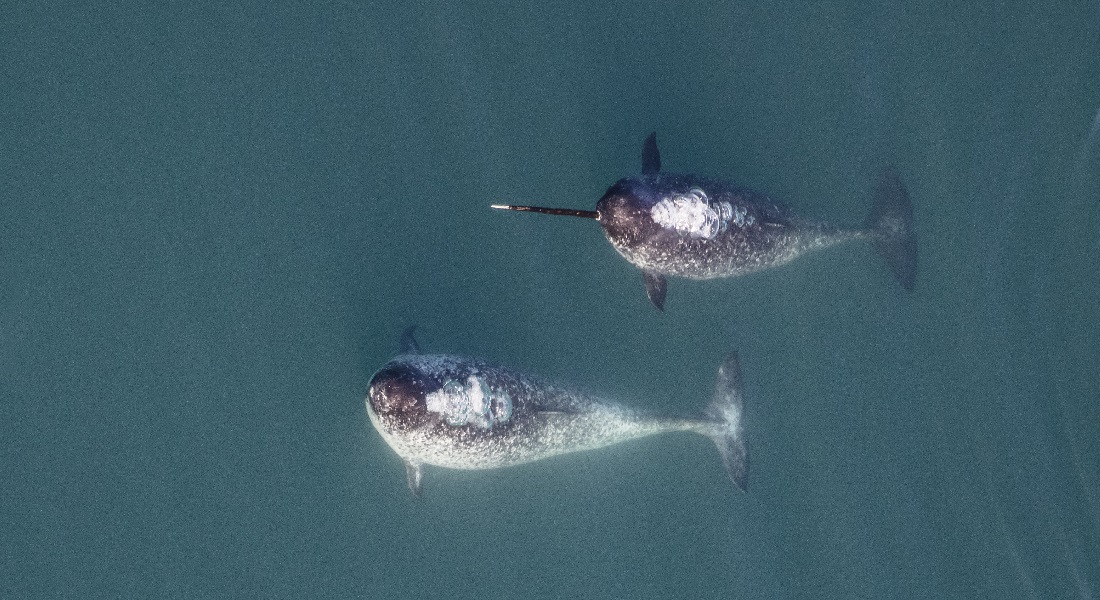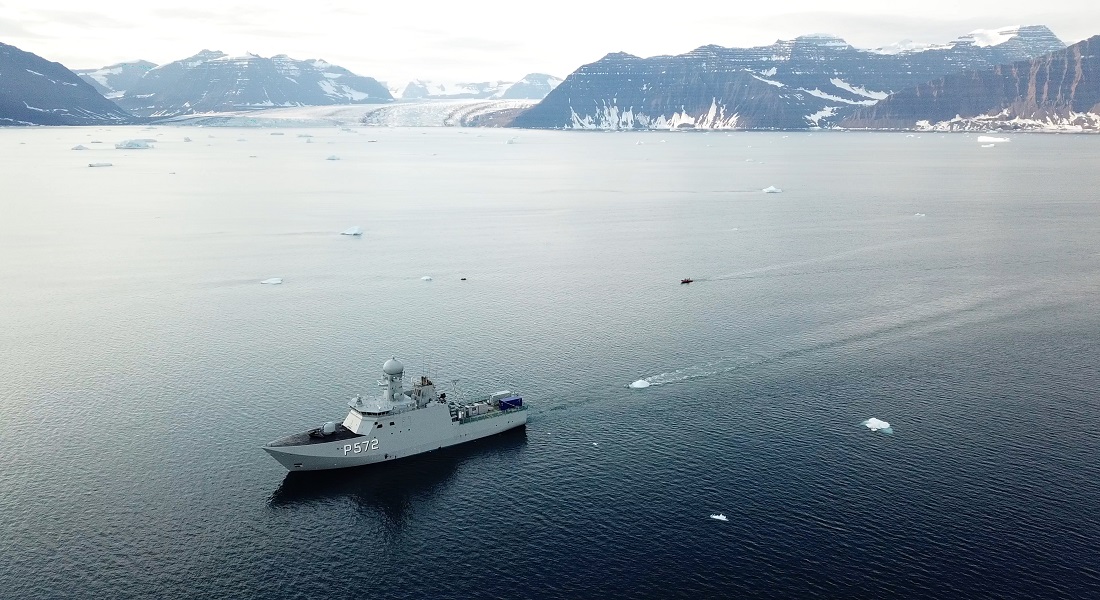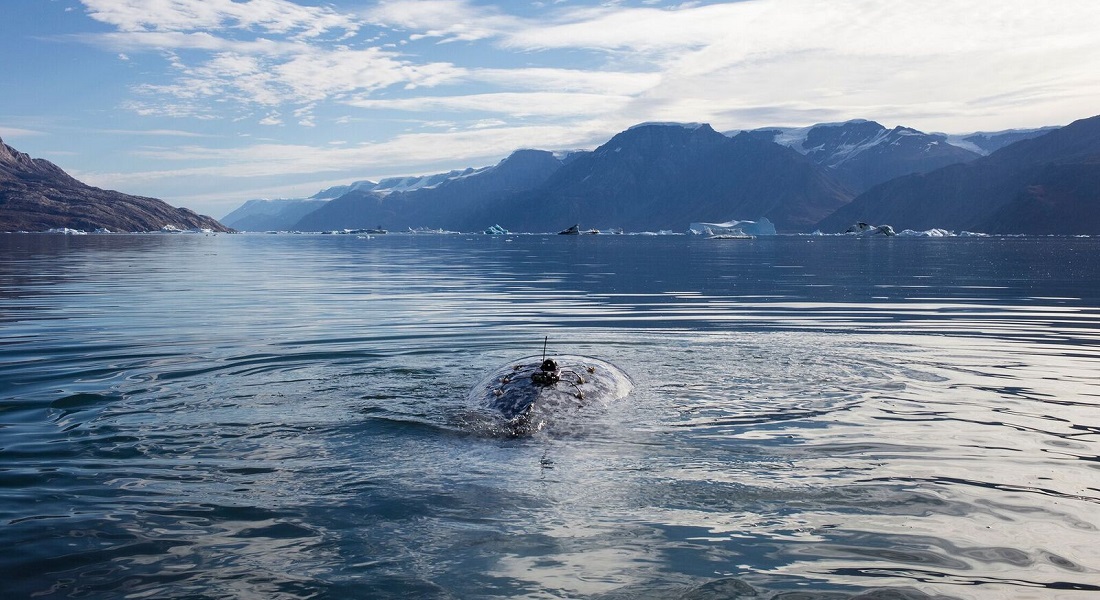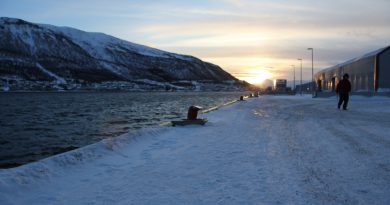Noise from human activities threatens narwhals in the Arctic, study finds

Increasing human activity in the Arctic is threatening the survival of narwhals, according to a new study. Cruise ships, air cannons used by vessels searching for oil and gas on the seabed and mine explosions are all being singled out.
Scientists point out that narwhals (or “unicorns of the sea”), which orient themselves by echolocation, are a difficult species to study since they only live in areas near the North Pole, which is often covered by ice. But a team of researchers was able to follow a group of these cetaceans in the Scoresby Sound region, located east of Greenland.
With a ship stationed in a fjord, researchers from the University of Copenhagen in Denmark and the Greenland Institute of Natural Resources made all sorts of noises from both the engine and an air gun to conduct their experiments.
The experts found that narwhals were affected as far away as 40 kilometers, almost the distance of a marathon. They also noticed disturbing behavioral changes.
“It’s a behaviour that they usually only display when feeling threatened by killer whales. This behavior means that they have no chance of finding food for as long as the noise persists.”
“The narwhals’ reactions indicate that they are frightened and stressed,” adds Tervo who is one of the researchers behind the study published in The Royal Society.

An endangered species
Researchers also found that several narwhals made an uncommon number of strokes with their tails when fleeing from a vessel. This may pose a danger to them because it vastly depletes their energy reserves.
Maintaining constant energy is important for narwhals, as they need plenty of oxygen to dive several hundred meters below the surface to feed and return to the surface to breathe.
After a week of sonic tests, scientists noted that the whales returned to normal behavior.
“But if they are exposed to noise for a long period of time – for example, if a port is built nearby that leads to regular shipping traffic, the whales’ success in hunting could be affected for a longer period of time, which could become quite serious for them. In this case, we fear that it could have physiological consequences for them and impair their fitness,” says Outi Tervo.
The Arctic, which is warming three times faster than the rest of the planet, poses a major challenge for narwhals, which mainly live around Greenland, northeastern Canada, Svalbard, and northern Russia. Note that 90% of the world population of narwhals spends the summer in Canadian waters.

“Changes are happening so quickly in the Arctic, that we are afraid that narwhals won’t be able to adapt unless more of an effort is made to protect them,” concludes Tervo. He hopes that the authorities and other decision-makers will ensure better management of the activities that create noise pollution in narwhal habitats.
According to a recent report by the North Atlantic Marine Mammal Commission, a regional intergovernmental organization dedicated to the conservation and study of marine mammals in the North Atlantic, narwhal populations in East Greenland are close to extinction with only 1000 individuals still alive.
Related stories from around the North:
Arctic: Arctic Report Card 2021: Sea ice changes, rain on Greenland ice sheet among dramatic changes in North, Eye on the Arctic
Canada: Climate change could mean more wildlife disease in the Arctic, researchers say, CBC News
Finland: Temperatures headed toward -40C in Finnish Lapland, Yle News
Greenland: Blog: Radical Arctic warming – rain, rain, here to stay?, Marc Lanteigne
Norway: The Arctic Railway – Building a future or destroying a culture?, Eye on the Arctic
Russia: WMO confirms 38 C Arctic temperature record in Russia, Eye on the Arctic
Sweden: January temperatures about 10°C above normal in parts of northern Sweden, says weather service, Radio Sweden
United States: Scientists warn of Arctic microbial threats induced by climate change, Eye on the Arctic



